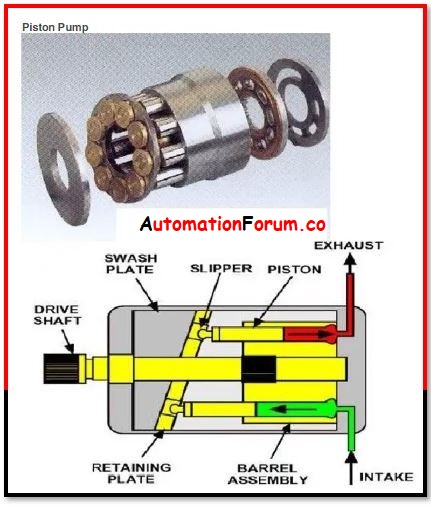What is the need for line blinding in a pipeline?

What is line blinding?
The valve blinding is done to stop a process flow or to provide an obstruction in the line. It is done to prevent the release of combustible or toxic materials such as vapors or gases outside the pipeline. Most of the control valves are not capable to isolate total equipment so because of this line blinds are used to do the blocking of the pipeline. So this method can be described as a traditional method by inserting the metal plates with a gasket between the flanges to ensure safety but this would take time and large size blind needs numerous people, the below image is an example of the line blind. The line blinds are done to isolate lines and also to make sure the proper downstream flow shut off. The line blind process can ensure the total isolation of the downstream flow of the pipeline. This process is mostly used in pipelines which carry hazardous chemical which could be really dangerous
- How to do the control valve inspection?
- How to do the control valve maintenance?
- How to do the control valve testing and what are the types of control valve testing?
- PIPING DRAWING & TYPES OF PIPING DRAWINGS
- Piping system: Requirements of Piping system
- Basics of P&ID (piping and instrumentation diagram)

When do we do a line blinding?
- Confined space or vessel entry
- Process control
- Commissioning or start-up
- Maintenance
- Repair
- Welding
- External shutdown
What are the limitation of the valves for line blinding?
We use different types of valves in a pipeline and some of these valves can isolate the pipeline but the valves can leak and we can’t take any chance if there is toxic or hazardous fluid or gas in the pipeline. The downstream valve leakage can happen without the knowledge of the plant operator. So this can lead to contamination and also waste.
How to use the blind flange to do the valve blinding?
The blind flange doesn’t have a hole in it and it can be used to do the line blinding. It can be used to seal or blind a pipeline or pressure vessel and also can block the flow of the fluid. The blind flanges must be capable enough to withstand the mechanical stress because of the system pressure. These flanges would allow easy access to the pipeline because they can be unbolted easily.
How can we do a line blinding by using a cam set?
The earlier or traditional type of line blind system had certain limitations such as the time which it takes for the opening and closing. The blinds that are of larger size would be required to be handled by numerous people. But while using the line blinds such as cam set the line blinding has become a one-man operation and by using the cam set the downstream safety is ensured.

How does a cam set does the line blinding?
The cam sets are designed in a way that it is situated in an internal cam system and because of this the body flanges don’t need to be spread and the adjacent piping does not have to be moved when the cam set spectacle plate is changed. This feature is very useful because the pipe doesn’t have to be moved when the cam set spectacle plate is changed. So because of this, there won’t be any problems related to the piping movement. There could be different problems because of piping movement such as piping misalignment, damage of piping support. The internal cam system will be actuated with a single screw or a handwheel, and it will be perpendicular to the pipe axis. So if the handle or the screw is rotated then a movable inclined plane will slide over a fixed inclined plane by moving the seal carrier away from the plate and thus it will be free for the new position movement.
What is the advantage of a cam set line blinding over the traditional type?
- Absolute positive shut off
- Fast change
- One man operation
- There is no flange or line spreading
- There is no need for special equipment
- Better safety features
- It can be used in a corrosive environment
- If the line blind is really big then counterweight can be added to the blind and thus easy operation
What are the applications of cam set line blind?
- It is used in the cement and alumina industry
- Gas flare applications
- Storage tanks
- Steel industry
- Oil refinery
- Offshore applications





